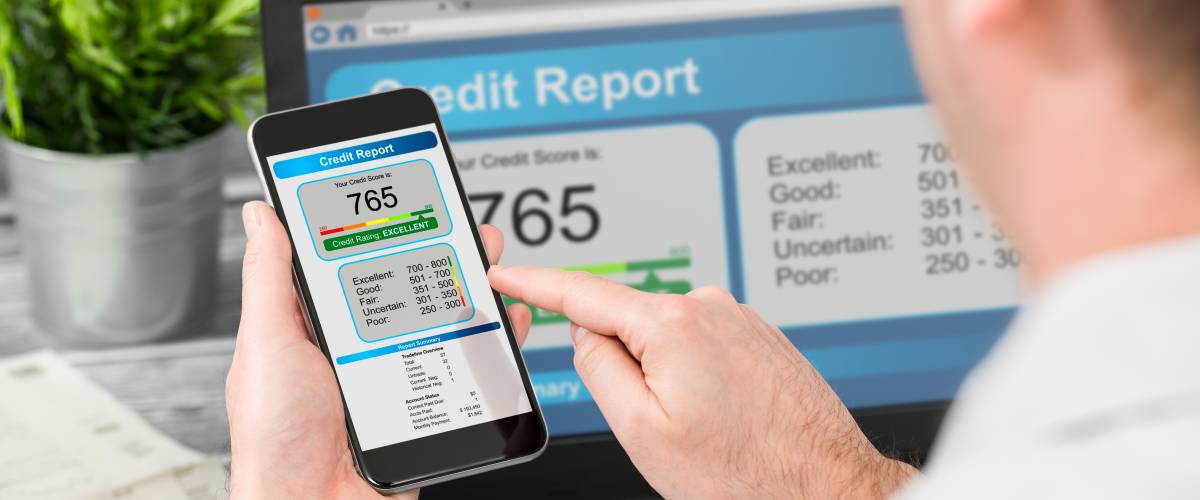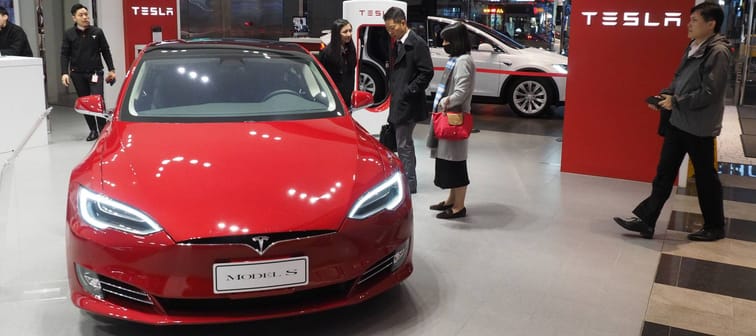How much you can save with an EV
Sticker shock is a common occurrence when shopping for an electric vehicle, since EVs can cost anywhere from 10% to over 40% more than similar gas-powered models.
But based on Consumer Reports’ findings, the long-term ownership costs of an EV are $6,000 to $10,000 less than a vehicle with an internal combustion engine.
These are the areas where you’ll see the biggest savings:
Fuel

Depending on the size of your vehicle and where you charge up, electric vehicles can provide substantial savings over their gas-powered counterparts.
Here’s an overview of the cost to operate an EV compared to a vehicle with an internal combustion engine for 15,000 miles, which the Department of Transportation estimates is the approximate annual mileage for owners of new vehicles.
| Gas-powered | Electric | |
|---|---|---|
| Car | $1,420 | $620 |
| SUV/Crossover | $1,800 | $780 |
| Pickup Truck | $2,300 | $990 |
During the first year of ownership, electric vehicles cost around 60% less to fuel, with savings between $800 and $1,310 depending on the vehicle’s size.
Due to regional price differences in both gas and electricity, the fuel savings on EVs won’t be the same for everyone. However, EV owners who mainly charge their vehicles at home overnight — when electricity prices are lower — will see significant savings no matter where they live.
Consumer Reports found that over a typical seven-year ownership of an electric vehicle, average fuel savings were $4,700 for a car, $6,300 for an SUV and $8,800 for a pickup, compared to similar gas-powered vehicles.
Maintenance and repairs

The cost to maintain and repair an electric vehicle over a 200,000 mile lifetime is roughly half as much as maintenance and repairs on a similar gas-powered vehicle, with an average savings of around $4,600.
This is due in large part to the fact that the motors and drivetrain components in EVs have fewer moving parts than internal combustion engines and are less mechanically complex.
Gas-powered vehicles also require regular fluid changes. Most engines today have recommended oil change intervals of 5,000 to 7,500 miles, according to AAA.
Since EVs don’t use oil, they don’t require oil changes.
Depreciation

As the cost of lithium-ion batteries continues to fall each year, the driving range of electric vehicles keeps growing — and so does their resale value.
For the 2020 model year, at least 11 new EV models had a range of 200 miles or more. These long-range electric vehicles are holding their value as well as or better than similar gas-powered models, according to Consumer Reports’ findings.
As with traditional vehicles, EVs depreciate in value differently based on their class, features and brand. Luxury models tend to depreciate less over time, while mainstream low-range models depreciate more.
Consumer Reports found that after adjustments for federal and state tax credits, a luxury EV retained 48% of its value after five years, while a comparable vehicle with an internal combustion engine retained only 46% of its value.
Meet Your Retirement Goals Effortlessly
The road to retirement may seem long, but with WiserAdvisor, you can find a trusted partner to guide you every step of the way
WiserAdvisor matches you with vetted financial advisors that offer personalized advice to help you to make the right choices, invest wisely, and secure the retirement you've always dreamed of. Start planning early, and get your retirement mapped out today.
Get StartedHow to manage the upfront cost of an EV
Even with these long-term savings, the upfront price of an EV can be intimidating for first-time buyers.
If you’ve been thinking about making the switch to electric, here are a few things you can do to help manage the initial cost.
Take advantage of rebates and tax credits

Many electric vehicles — with the exception of new Tesla and General Motors models — are still eligible for federal tax credits of up to $7,500.
The total amount you’ll qualify for depends on the size of your vehicle’s battery, as well as the size of your tax bill. For example, if you only owe $3,000 in income tax, you’ll only be able to claim a $3,000 credit even if your vehicle is eligible for the full $7,500.
If your EV is one of the models that does not qualify for a federal tax credit, you may still be able to claim a tax credit or a noncash incentive at the state level, depending on where you live.
Some noncash incentives include carpool lane access, free municipal parking and exemptions from emissions testing.
A full list of federal and state incentives can be found on the Department of Energy website.
Make sure your credit score is in good shape

You’ll likely need to take out a loan in order to pay for your EV, but before you do it’s important to check in on your credit score.
Your credit score has a direct impact on how much interest you’ll pay on a car loan, so if it’s lower than average you should make an effort to boost it before you start shopping around.
Websites like Credit Sesame will let you check your score for free online and also give you personalized feedback on how to bump it up if it’s lower than you’d like.
Increasing a poor credit score to the good or excellent range could save you a bundle in interest on your car loan and also qualify you for better rates on other financial products, like credit cards.
Don’t take the first loan you’re offered

Once your credit score is in decent shape, you can start looking around for loans. Outside of a mortgage, your car loan could very well be the biggest financial commitment of your life, so you shouldn’t take the decision lightly.
Most salespeople will try to talk you into financing your new vehicle through the dealership, but dealer financing is not always the best option.
To get the best rate you’ll need to shop around and compare quotes from multiple lenders. This can be a lengthy process if you’re trying to do it on your own, so you may want to use a service like Auto Loan Zoom to save yourself some time and energy.
Just answer a few quick questions, and Auto Loan Zoom will present you with the best lending option it can find in your area based on your needs. It’s free to use and only takes a few minutes.
Save money on insurance

As with your loan, you can save money on your car insurance if you take some time to see what’s available before you commit to a policy.
Websites like SmartFinancial will let you compare quotes online from multiple insurance companies, making it easier to find the cheapest coverage available.
Even after you’ve committed to a policy, it’s a good idea to shop around for rates every six months to see whether you’re eligible for a lower premium.
Comparing rates with SmartFinancial is free, and it could save you up to $1,100 a year.
Sponsored
Follow These Steps if you Want to Retire Early
Secure your financial future with a tailored plan to maximize investments, navigate taxes, and retire comfortably.
Zoe Financial is an online platform that can match you with a network of vetted fiduciary advisors who are evaluated based on their credentials, education, experience, and pricing. The best part? - there is no fee to find an advisor.






